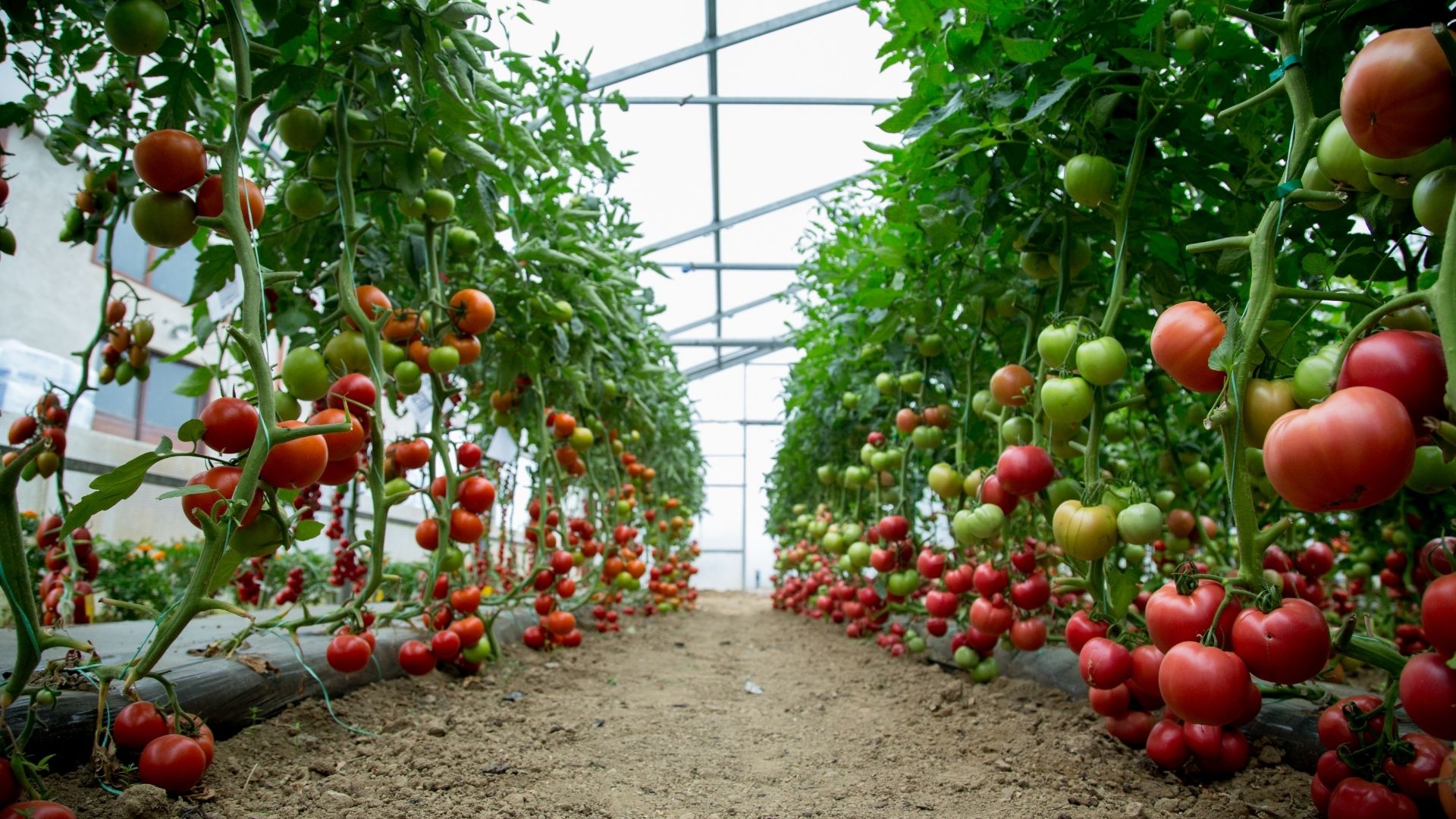Domestic greenhouse vegetables are ready for an export march to Europe. This follows from the statement of the head of the Rosselkhoznadzor Sergey Dankvert. According to the official, greenhouse vegetable growing in the EU countries is becoming unprofitable and economically uncompetitive due to high energy prices. In Russia, it is developing intensively, which means that it remains only to establish supplies to neighbors on the continent.
Suffering from drought and high prices, the Old World can turn a blind eye to sanctions
In 2021, Russia supplied 2.5 thousand tons of cucumbers to Europe alone, including to European countries. And now there are obstacles in the form of transport restrictions and more expensive logistics: if earlier the car cost € 3-3.5 thousand, now € 12 thousand, said Dankvert. Meanwhile, such volumes pale in comparison with the 5.5 million tons of fruit and vegetable imports that, according to the Rosselkhoznadzor, entered the Russian Federation in seven months of 2022.
In price terms, the picture is also indicative: in 2021, Russia sold $818 million worth of vegetables abroad, and, for example, grain – $11,092 billion. They were mainly potatoes, cucumbers, tomatoes, onions, carrots, white cabbage and cauliflower, legumes. The largest recipients were Turkey, Pakistan, Italy and Belarus.
“The statement of the head of the Rosselkhoznadzor is largely situational: it is an abnormally hot summer in Europe right now, which leads to problems with the maintenance of local vegetable growing, in particular greenhouses,” says Nikita Maslennikov, a leading expert at the Center for Political Technologies. – But these are temporary difficulties, and I would not argue that they seriously and permanently knock out the greenhouse economy of the EU. The Europeans will surely cope. Naturally, in the autumn-winter period, maintaining greenhouses is much more expensive. Especially with projected gas prices of $4,000 per thousand cubic meters.”
But is Russia itself capable of dramatically increasing vegetable exports, even to other regions? After a while, maybe, but right now, hardly. The industry still depends on the supply of imported seeds, equipment, technologies and materials with which there are problems. For example, greenhouses require a special coating that transmits ultraviolet rays. One more question – where to sell? Vegetables are a delicate, perishable commodity, which means that it is necessary to build routes that will quickly bring it to end consumers. It can be stored in packages for at most a week and a half. Accordingly, Maslennikov argues, the circle of potential recipients narrows down to Turkey, Kazakhstan, partly Kyrgyzstan and Belarus. Tajikistan, which has three abundant harvests of tomatoes of open ground per year, does not need our greenhouse tomatoes for nothing.
Anatoly Tikhonov, Director of the Center for Agribusiness and Food Security at the RANEPA Graduate School of Corporate Governance, looks at things differently. Now, according to him, the refrigerator will dictate its conditions in Europe. Agricultural products are becoming more expensive due to drought, fires and the consequences of economic sanctions against the Russian Federation. Open-ground vegetables are dying. In Italy, the drop in production for various agricultural crops reaches 45%, large losses are expected for sunflower, olives, potatoes, melons throughout the EU. Under these conditions, there is a high probability that the Europeans will have to ask Russia for the supply of part of the harvest. Politicians can turn a blind eye to this, and businesses will bypass sanctions and buy food to feed the population and reduce social tensions amid high food inflation.
“Last year we received more than 1.4 million tons of vegetables, we fully provide ourselves with cucumbers, about 80% – tomatoes. There are 400 greenhouses operating in the country, another 50 are under construction,” Tikhonov says. – And we have a surplus for export. The greenhouse works either in the sun or on additional artificial lighting and heating. In Europe, energy prices are prohibitively high, mineral fertilizers used in greenhouses have risen tenfold, and the purchasing power of the population is declining. Against this background, Russian products will be quite competitive and will be able to replace the falling volumes of European production.”
Russia has all the resources (from land and fertilizers to interested farms) to saturate the European market with its vegetables, says Mikhail Oganezov, a specialist in the Department of Strategic Research at Total Research. In his opinion, the factor of sanctions does not play a special role, since food products, with rare exceptions, are removed from restrictions. So theoretically, deliveries can start tomorrow. However, in order to increase exports, it is necessary to fully solve the problems of domestic consumption first. As Oganezov notes, imported tomatoes and cucumbers are still brought to Russia, while there should be a stock of their own products – with proper attitude and investment. But in the north-east of the country, these vegetables are 3-4 times more expensive than in Moscow, St. Petersburg and other megacities.
A source: https://www.mk.ru












